AS the tallest mountain in Southeast Asia, Mount Kinabalu has commanded much attention and respect over the centuries. It's also a haven for those who come from near and afar to admire and enjoy its serenity and tranquillity. Despite its peaceful nature, the majestic Mount Kinabalu had witnessed a tragic and tumultuous period during World War 2.
KEMPETAI INTERROGATION
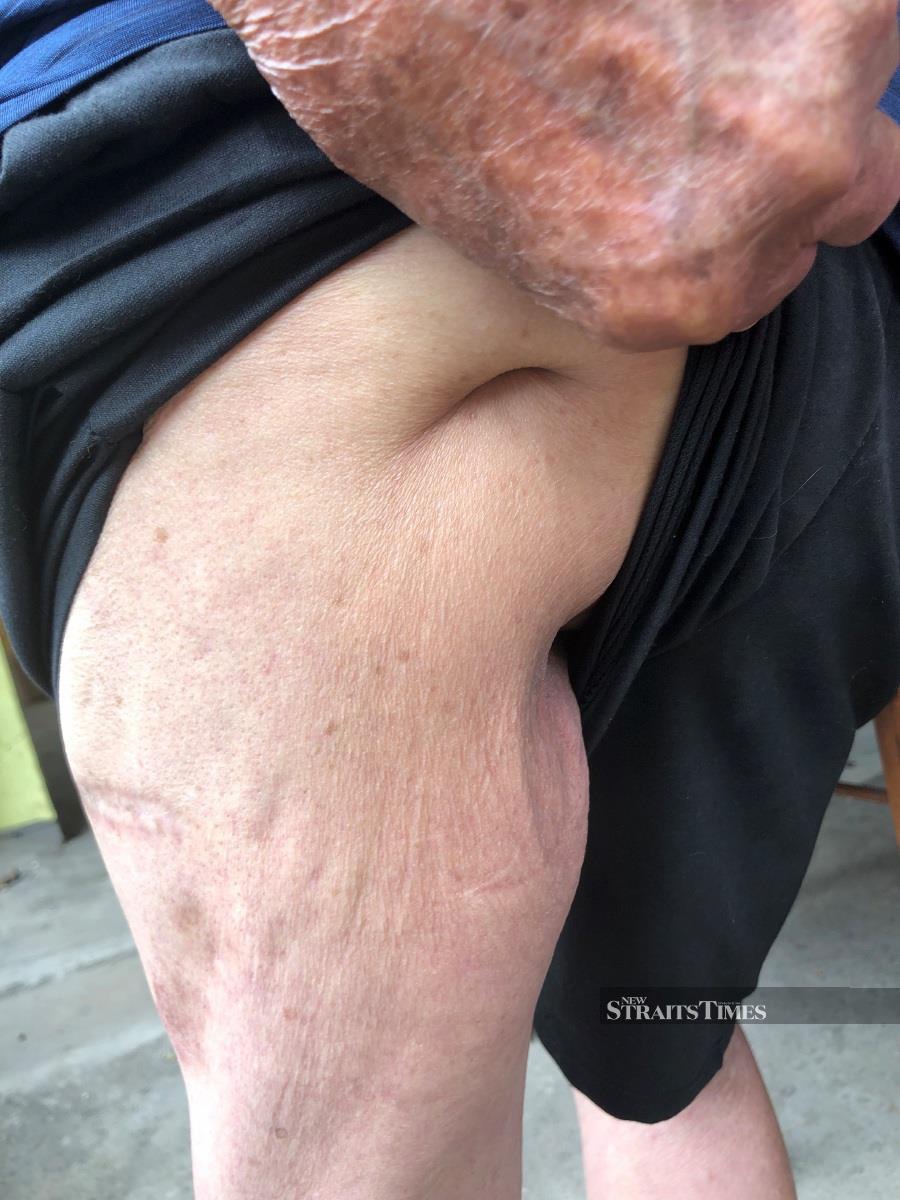
"Tell me. Tell me quickly. . . or else I will kill your son!" begins Pakcik Kusop, his voice trembling as he recalls the words uttered to his father by a Kempetai officer on that fateful day.
Kusop Gorihim was only 5 years old then. His father, Gorihim Kungguan, was a ketua kampung (village head) in Kundasang located at the foothills of the mountain.
Before his father could reply, Kusop remembered feeling a sharp pain in his thigh as the Japanese officer slashed him with his long and sharp samurai sword. Immediately, he screamed in pain and begged the officer to stop: "Tolong, tolong ... sakit, sakit (Please, please, it's painful)!"
Instead of stopping, the Japanese officer continued to stab the young boy in his buttocks. The blade went deep into his flesh; fortunately, his pelvic bone managed to stop the sword from going any deeper. So much blood gushed out of the deep wound causing Kusop to pass out.
As he fell to the ground, he hit his forehead on a big rock, causing further blood loss from a new wound. A stunned silence ensued as the boy laid unconscious and motionless on the ground, blood streaming down his body.
Seeing his son in such a painful and pitiful condition, Pak Gorihim had no choice but to agree to lead the officers to the hideout of some Chinese resistance fighters at the foothills of the mountain. The Chinese fighters were suspected of being involved in an earlier revolt against the Japanese administration in October 1943.
JESSELTON UPRISING

Together with about 200 indigenous natives and some surviving members of the British forces, the local Chinese in Sabah fought bravely against the Japanese in what's now known as the Jesselton Uprising (Jesselton was the old name for Kota Kinabalu). In the end, the uprising was put down by the Japanese with typical and merciless brute force.
Among the local Chinese who took part in this event was the grandfather of Professor Danny Wong, the dean of the Faculty of Arts and Social Sciences at Universiti Malaya.
Wong's book entitled Jesselton Uprising documents the brave but short-lived revolt during the Japanese Occupation of Sabah. It describes the cold-blooded murders and tortures committed by the Japanese soldiers.
Under duress, some of the leaders of the rebellion, including Albert Kwok, surrendered in hopes of sparing the local population from death as the Japanese threatened to kill innocent villagers.
They knew they would be tortured and executed for doing so. But despite this knowledge, they remained courageous right until the end. In its aftermath, some coastal villages were completely destroyed by the Japanese, resulting in the deaths of hundreds of innocent villagers.
THE MOUNTAIN TRAIL
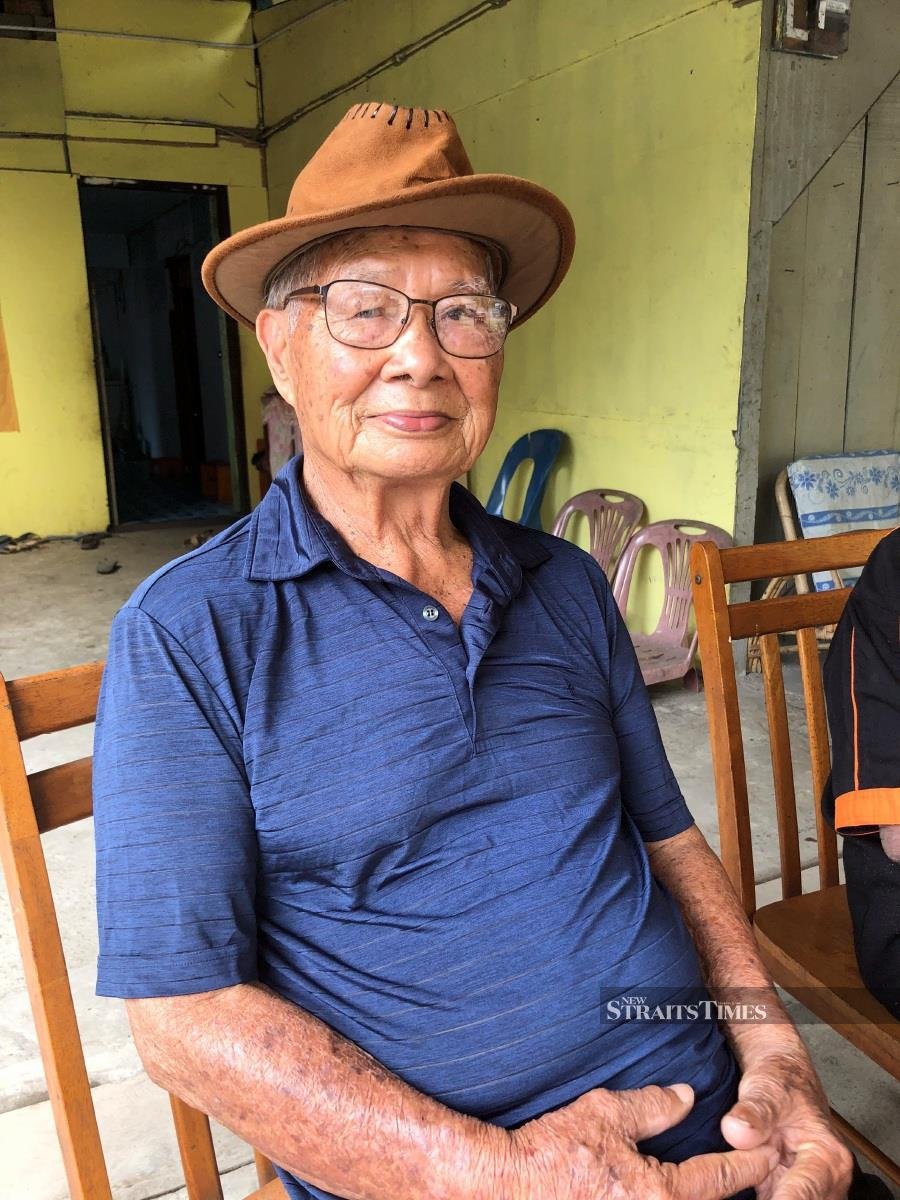
Under the threat of death by the Kempetai officers, Gorihim and a fellow Dusun villager led them up the mountain to search for the Chinese fighters. The Japanese haughtily forced the natives to carry their rifles and swords as they followed behind them.
Unknown to the Japanese officers, Gorihim had other plans in mind. He was merely biding his time to take revenge for his son who had suffered so much at their hands.
As they climbed the steep mountain, the Japanese officers began to tire, completely unfamiliar with the weather and terrain. Being younger (and more familiar) with the landscape, the natives walked faster and faster as the Japanese attempted desperately to catch up.
After reaching a sharp bend in the dense forest, Gorihim hid in the bushes for the Japanese to pass by. Waiting in ambush, he stilled his heart to listen for approaching footsteps. He didn't have to wait for long. Very soon, his ears pricked at the sounds of heavy footsteps and breathing from the Japanese officers.
The moment the officers passed by, Gorihim leapt out of the bushes and attacked the two men with his sharp parang from behind them. He aimed his parang at the back of their knees, severing their nerves and muscles at their knee joints.
Immediately, blood burst gushed out of their legs as the officers crumpled to the ground screaming in pain. Gorihim proceeded to jump upon them as he raised his parang high in the air. With all his might, he brought his parang down swiftly and sliced off the head of the Japanese officer, one after the other.
He brought back their heads to show to his fellow villagers that he had avenged the atrocities committed against his son and people. This earned him the deep respect and gratitude of the entire village.
Today, Kusop is a happy and contented grandfather enjoying his retirement in the village where his father once led the local community. Whenever he looks at the majestic mountain, it never fails to remind him of how his father's courage helped to save him and his village.
However, he has to bear with the scars on his legs and head for the rest of his life. They serve as a painful reminder about of the cruelties and atrocities committed by the Japanese during the war.
GRUESOME CANNIBALISM

To share with me more of his tale, Kusop brought me to the neighbouring village of Buntutuhan to meet the headman Sokuil.
Sokuil's father is the 100-year-old Pak Ladasu, the former headman. He's one of the people who'd lived through the war in Sabah and was a witness to a most gruesome episode in his village.
According to Pak Ladasu, one day a group of Japanese soldiers came and stayed in his village. They were also asking around for the whereabouts of the Chinese fighters and local natives who'd escaped after the Jesselton Uprising. He said these soldiers appeared to be very angry — and hungry.
Then one day, the soldiers befriended and invited two local villagers — one to cut their hair and another for a drink. Once the two villagers entered their camp, the soldiers arrested and tied them up. They then cut off their calf muscles while they were still alive.
The villagers could hear the two men screaming in pain. However, none of them dared to offer any resistance or assistance as the Japanese were fully armed. They were also terrified of the soldiers' fierceness and brutality. After cooking the meat, the soldiers were seen heartily enjoying their meal of human flesh.
Pak Ladasu wondered whether the Japanese were really enjoying themselves or just trying to scare the villagers. Shaking his head dolefully, he remarked: "Orang Jepun memang dahsyat. Manusia pun mau makan (The Japanese were terrible… they even eat humans)!"
BRAVE REVOLT
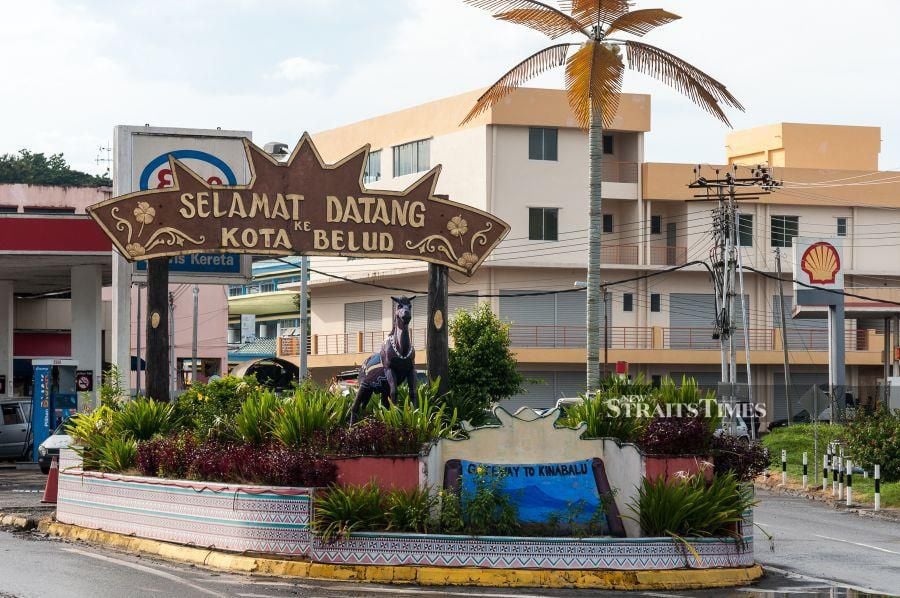
Cases of cannibalism were also reported in other villages. News of this soon spread about this and a feeling of fear and anger permeated all the nearby villages. This soon led a local village policeman named Gubund from the nearby town of Kota Belud to organise a revolt against the Japanese. His bravery and leadership inspired many to join him.
Under the cover of darkness, Gubund and his comrades mounted an attack on the Japanese camp. They successfully ambushed and killed several soldiers. Besides using their parangs, some of the villagers managed to kill the Japanese with poisoned darts from their blowpipes.
However, at the break of dawn, Japanese reinforcements arrived from Jesselton town. Their additional troops and weapons proved too strong for locals and eventually, the Japanese were able to overcome Gubund and his men.
In their defeat, Gubund and some of the resistance leaders managed to make a hasty retreat into the surrounding jungles. The few narrow main roads linking villages in the area were all guarded by the Japanese.
From Kota Belud, they had to trudge along the rough and rugged banks of the river for many hours. Their hurried escape finally led them to the village of Tambatuon.
For a few days, Gubund and his men managed to get some rest and food from the villagers who were sympathetic towards them. They too, were aware of the cases of cannibalism and atrocities committed by the Japanese.
One day, news came that a group of Japanese soldiers were approaching their village. Gubund and his men had to leave in haste and hide deeper and higher in the nearby mountains. Upon arriving at Tambatuon village, the Japanese captain demanded to know the whereabouts of the men.
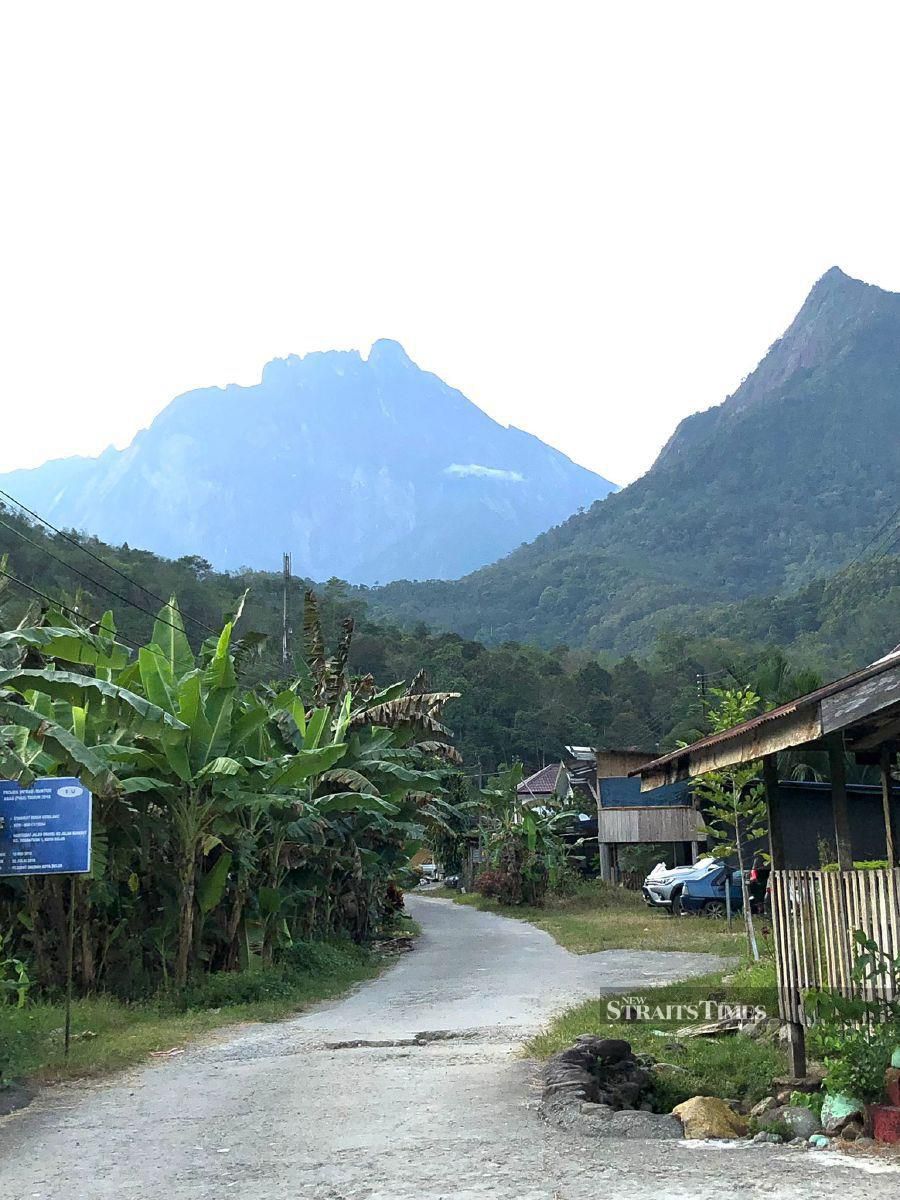
As the villagers were sympathetic towards Gubund, none of them divulged any information. Singkui Tinggi, the former headman of current Tambatuon, recounted: "I saw how angry the Japanese were. They shouted and threatened all of us with their guns and swords as we stood trembling in fear."
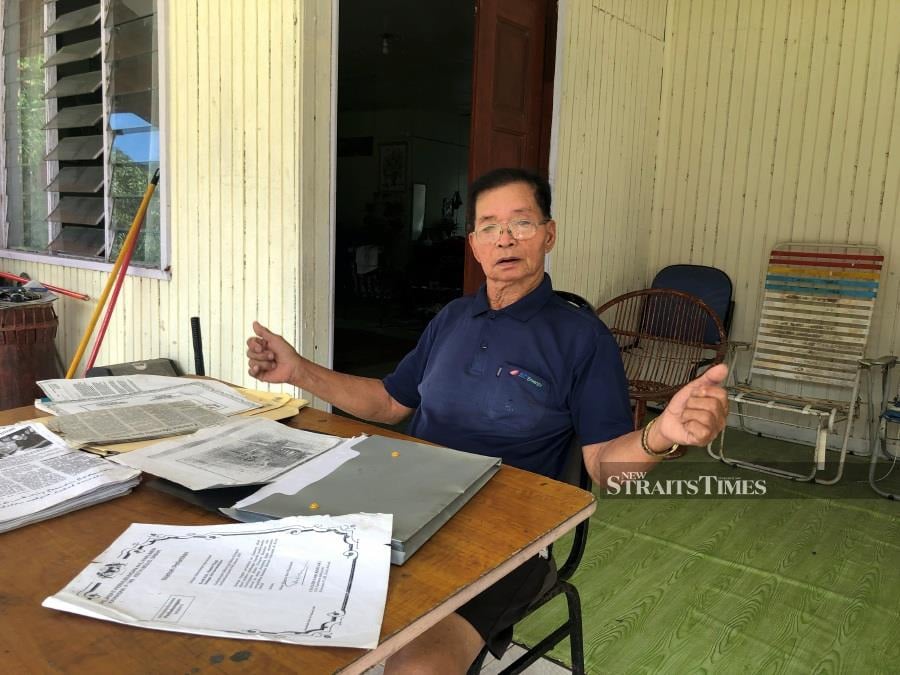
Angered by their lack of response, the Japanese arrested six villagers and tied them together, before bringing them to Kota Belud for interrogation and torture.
As a result of the senseless cruelty, half the men succumbed to their injuries not long after the war was over.
Three others managed to survive with permanent disabilities. With a heavy sigh, Singkui lamented: "It was a very sad day for the whole village."
Although this tragic event occurred 80 years ago, the villagers residing at the foothills of Mount Kinabalu can still remember the horrors of cannibalism. Indeed it's a sad reminder of the atrocities and insanity of war. It's also a timely reminder for us to do our part to promote peace and harmony to prevent any war from happening again.
Gary Lit Ying Loong is a retired academic from Nanyang Technological University (NTU) Singapore. He's presently a visiting professor to some universities in Asia and Europe. Reach him at [email protected].


